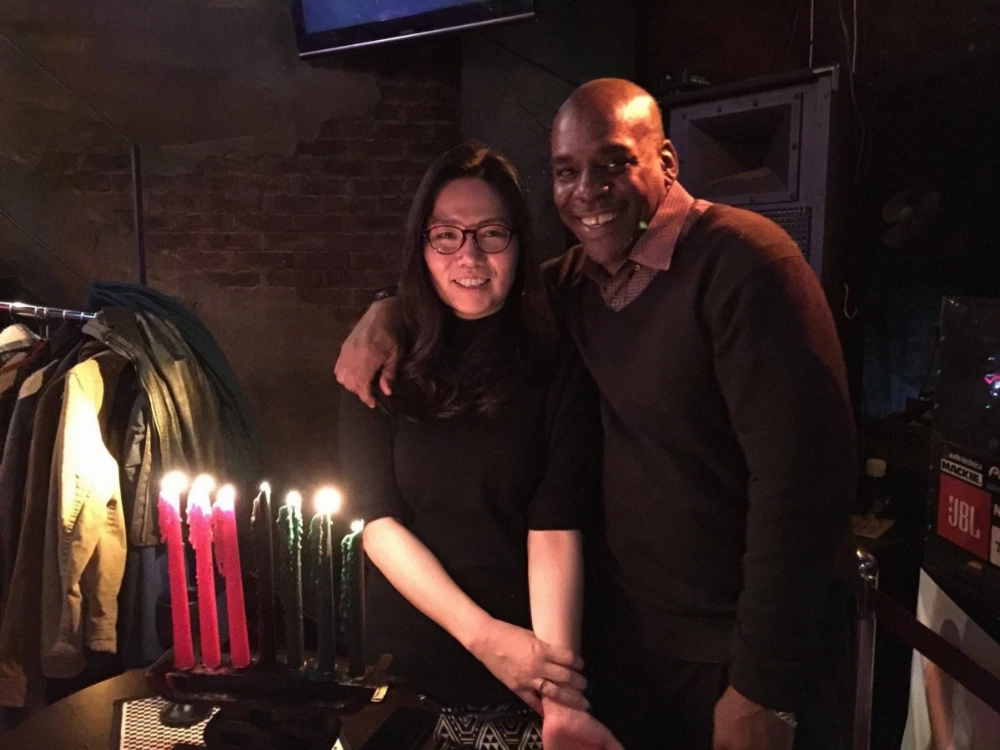As the year draws to a close, the holiday season offers a time for reflection, renewal and celebration. Living in Japan, I’ve come to embrace a blend of traditions that echoes the life I’ve crafted here.
This season, I find myself reflecting on the principles of Kwanzaa, the serenity of Japan’s year-end holidays and the charms of Christmas — as well as how they intertwine in this country I’ve come to call home.
It has been 10 years since my Japanese partner, Miki, and I began building a life together. Coming from very different backgrounds, finding common ground wasn’t always easy — Kwanzaa didn’t roll off her tongue any easier than shōgatsu rolled off mine. But we’ve gradually blended our traditions to make the holidays work for us.

















With your current subscription plan you can comment on stories. However, before writing your first comment, please create a display name in the Profile section of your subscriber account page.